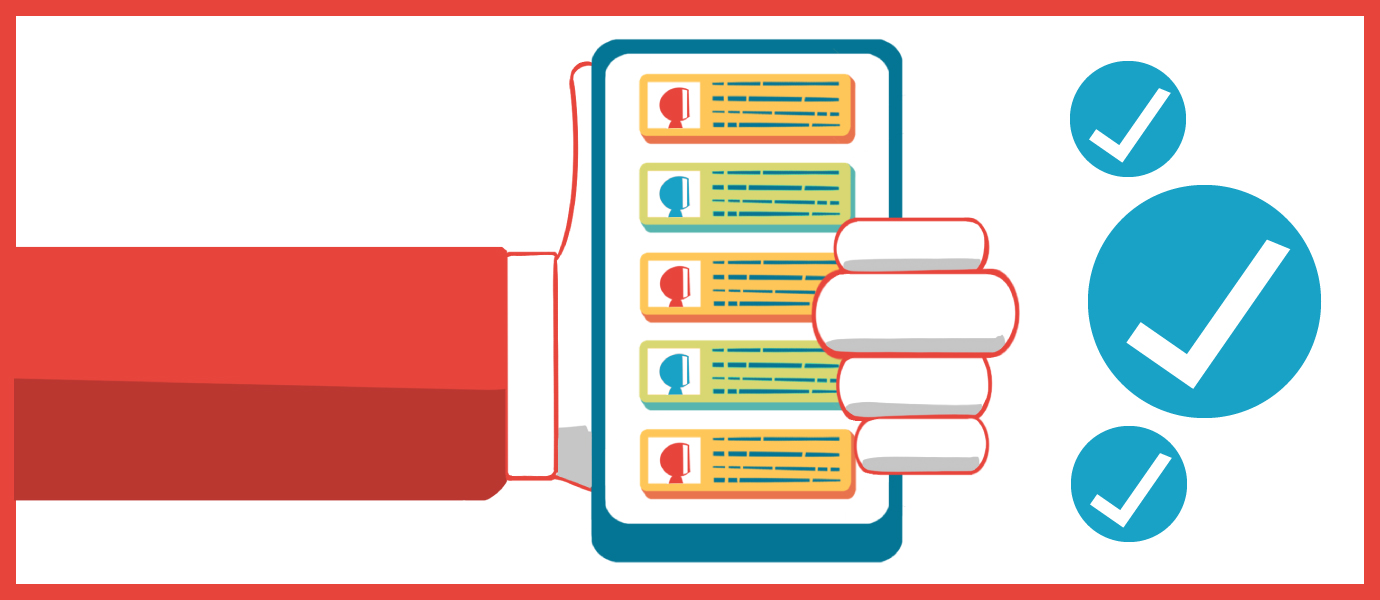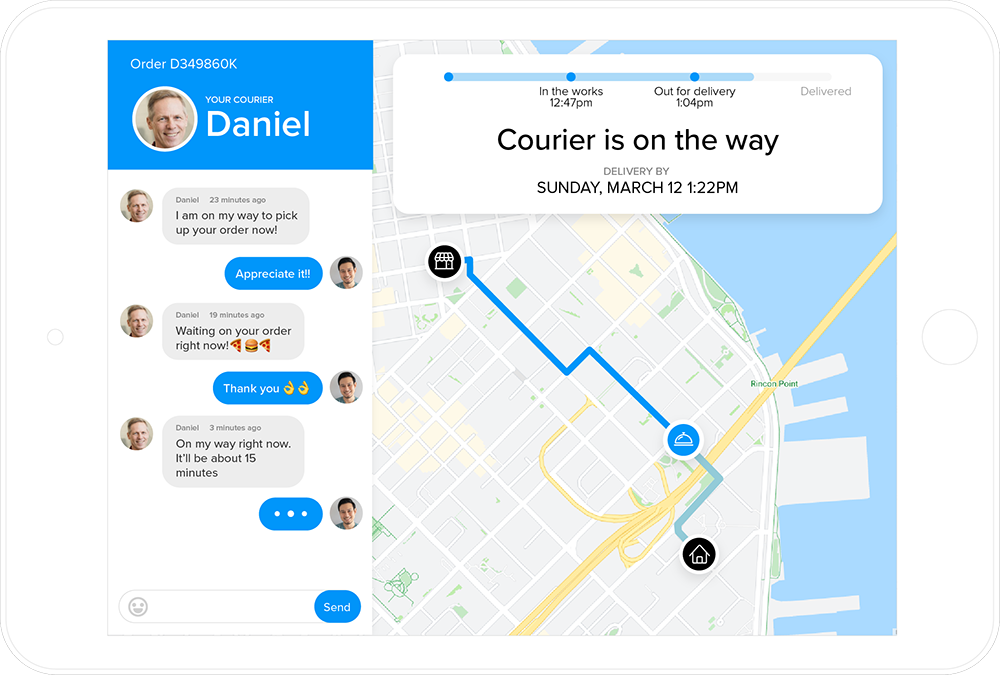What is an endpoint?
An endpoint typically refers to a specific location (IP number) or address (URL) in a network where communication can occur. In the context of computer networking, an endpoint can be a device such as a computer, smartphone, server, or any other networked device that can transfer data.
Endpoints are essential components of network communications, as they enable devices to connect and exchange information. Each endpoint is typically identified by a unique address, such as an IP (Internet Protocol) address or a URL (Uniform Resource Locator), which allows other devices to locate and communicate with it over the network.
In the context of web services or APIs (Application Programming Interfaces), an endpoint often refers to a specific URL where clients can send requests to access or manipulate resources provided by the software/service. These endpoints are defined by the API and serve as the entry points for interacting with the service.
How endpoints work?
Endpoints work by facilitating communication between different devices or software applications over a network(web). General overview of how endpoints work:
Identification: Each endpoint has a unique address, like an IP or URL.
Communication Protocol: Endpoints use protocols like TCP/IP or HTTP to send and receive data.
Request-Response Cycle: One endpoint sends a request to another, which processes it and sends back a response.
Routing and Delivery: Requests and responses travel through the network, passing through routers and switches to reach their destination.
Handling the Response: Upon receiving the response, the original endpoint takes appropriate action based on the information received.
Is every smartphone an endpoint?
You probably use endpoint every day as each smartphone is the endpoint in network communication. Smartphones have network interfaces (such as Wi-Fi, cellular data, and Bluetooth) that allow them to connect to net and communicate with other devices or services over the internet or local networks.
As endpoints, smartphones can send and receive data, access web services, download files, stream media, and perform various other network-related tasks. They can interact with other endpoints, such as servers, computers, IoT devices, and other smartphones, through network protocols and APIs.
Whether browsing the web, using social media apps, sending emails, or making voice/video calls, smartphones rely on their network connectivity and endpoint capabilities to facilitate communication and access resources on the internet and other networks.
Other names for endpoint:
Node
Client
Device/Computer
Terminal
Interface
Access point
How to use endpoint?
API Integration: If you're integrating with a third-party API, the endpoint URLs and the corresponding HTTP methods are usually documented by the API provider. You would typically use a programming language or a tool like cURL or Postman to send requests to these endpoints and process the responses.
Microservices Architecture: In a microservices architecture, each service typically exposes one or more endpoints that other services or clients can communicate with. These endpoints often use protocols like HTTP or gRPC.

